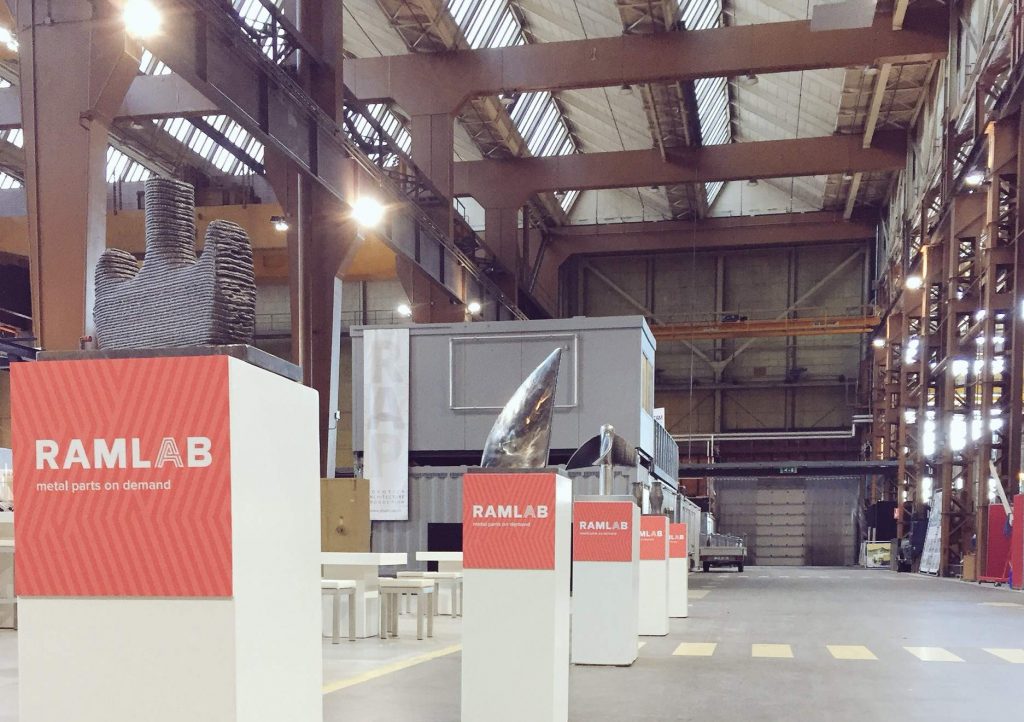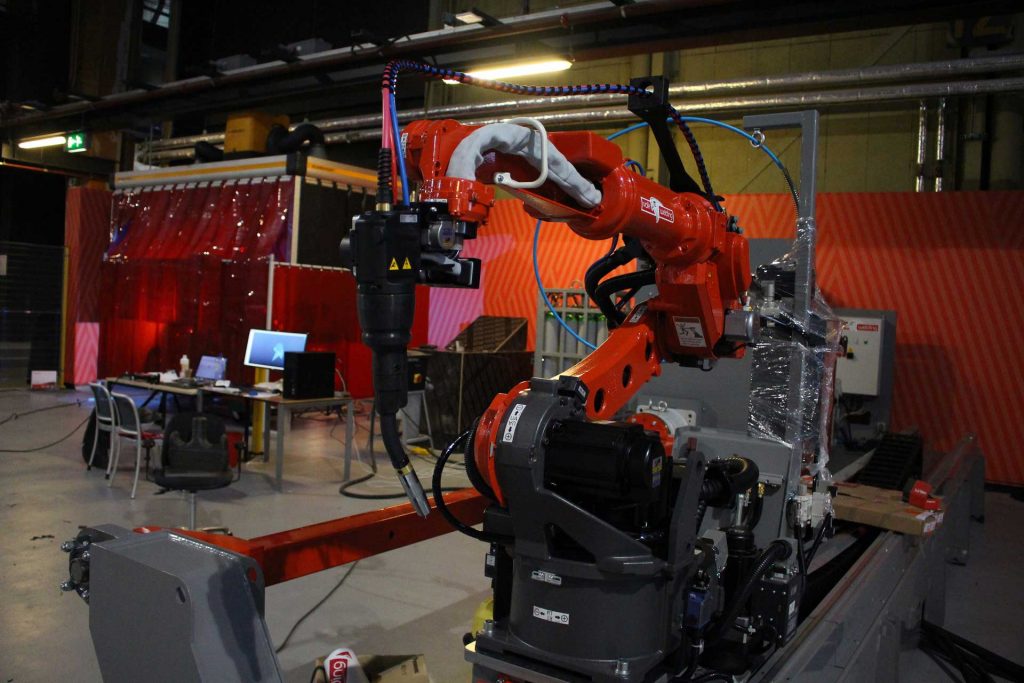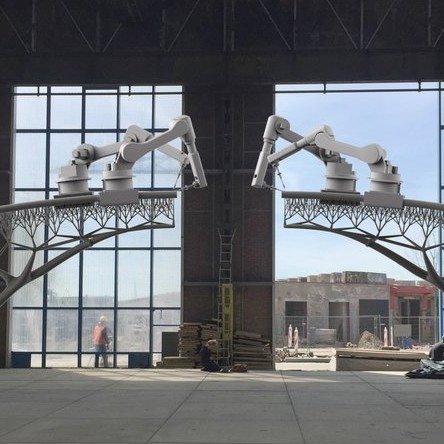The Netherlands is about to open a facility specially for additive manufacturing maritime metal parts. RAMLAB is in the port of Rotterdam, South Holland, and opens tomorrow, the November 30th 2016, after a pilot period that trialed on-demand 3D printed parts.

The Netherlands mean business
Three weeks ago, the National Institute for Shipping and Shipbuilding in the Netherlands released a blueprint for the construction of maritime vessels and equipment, foreseeing a spike in the application of AM technologies, which is relatively unexplored when it comes to the likes of boats. Now, with the multimillion euro RAMLAB it’s clear that the country means business when it comes to applying itself to the future of shipbuilding.
RAMLAB Managing Director, Vincent Wegener comments on how collaboration between the project and their partners is ‘the true power of RAMLAB’ going on to say that:
‘we don’t waste time talking, but we are working hard to get things done. It’s the Rotterdam ‘can do’ mentality. And that’s what will ultimately make RAMLAB a success!’
Printing with electric plasma
The facility, housed in Rotterdam’s RDM Innovation Dock will use Wire Arc Additive Manufacturing (WAAM) machines for production.

The robotic WAAM arms are provided by Valk Welding, and use an electric arc plasma beam on steel wire ‘filament’ to fabricate 3 dimensional objects. It also prints onto readymade objects, such as the center of a propeller. Wegener commented on the WAAM arm saying that ‘With its impressive size it will be able to 3D print metal objects of 2 x 2 x meters with ease’.
Early triumphs
While the 3D printing industry wades through a world of ‘firsts’ every day, it appears that the Rotterdam RAMLAB may very well be the first of its kind as the maritime industry has been one of the slowest to adopt additive manufacturing.

Though still in its early stages, RAMLAB already has the ear of Dutch ship and maritime equipment manufacturer Royal IHC who took part in the lab’s pilot scheme. Ismail Hemmati, Materials Research Engineer for IHC, comments:
As a supplier of innovative and efficient equipment, vessels and services to the offshore, dredging and wet-mining markets, we are among the potential future clients to make use of this technology and we like to get involved at an early stage.
The Netherlands are also staying at the head of 3D printing in their architecture. Amsterdam’s 3D Print Canal House has been an ongoing project since 2014, and is due to open in 2017, and last year, the capital opened a 3D printed bridge across one of its famous canals.

If you’d like to stay up to date with this project and other related stories, make sure you sign up to 3DPI’s newsletter here. We post news and exclusive photos over on twitter too.
Featured image shows a close-up of Wire Arc Additive Manufacturing. Screenshot via: RAMLAB



